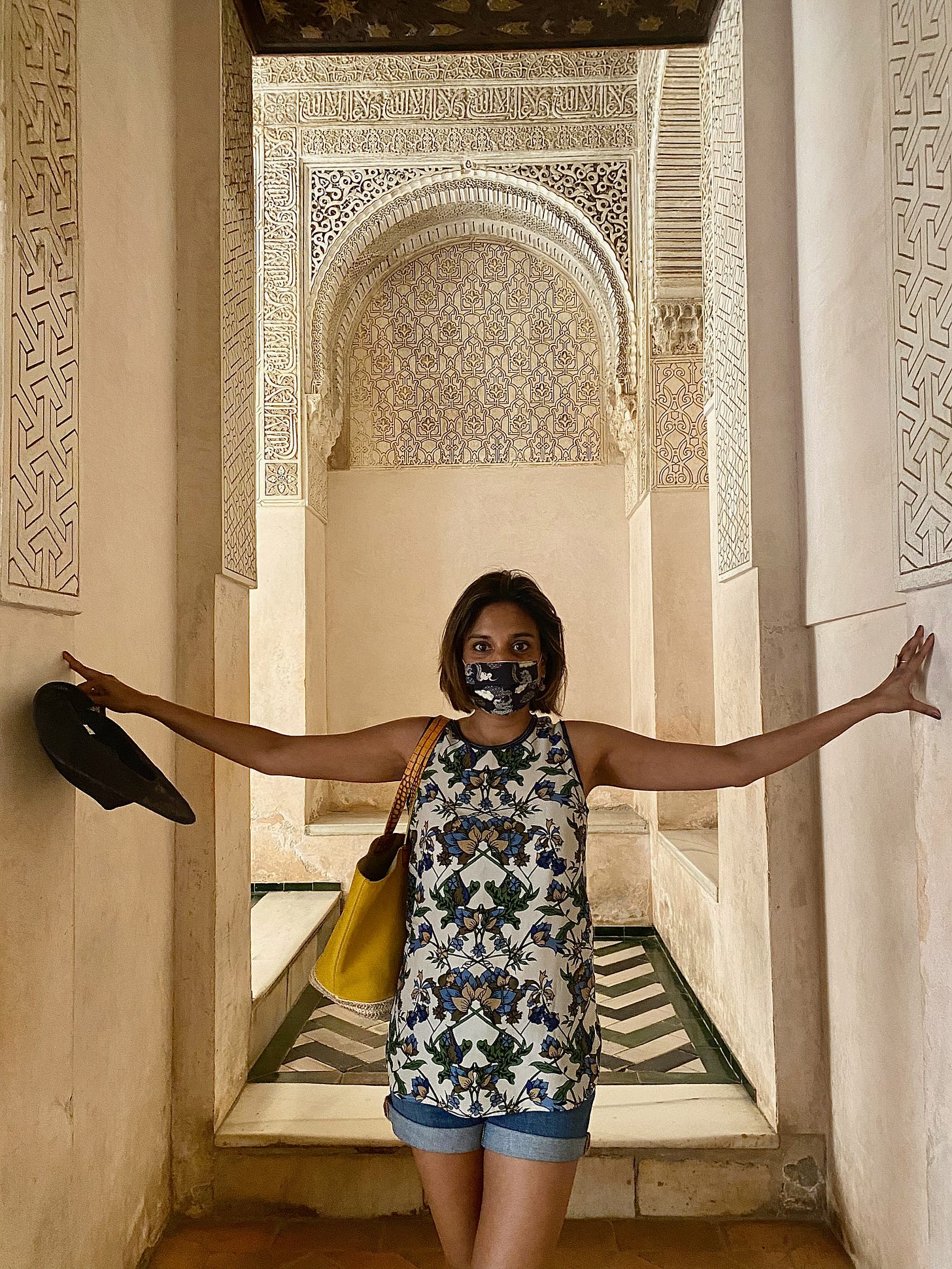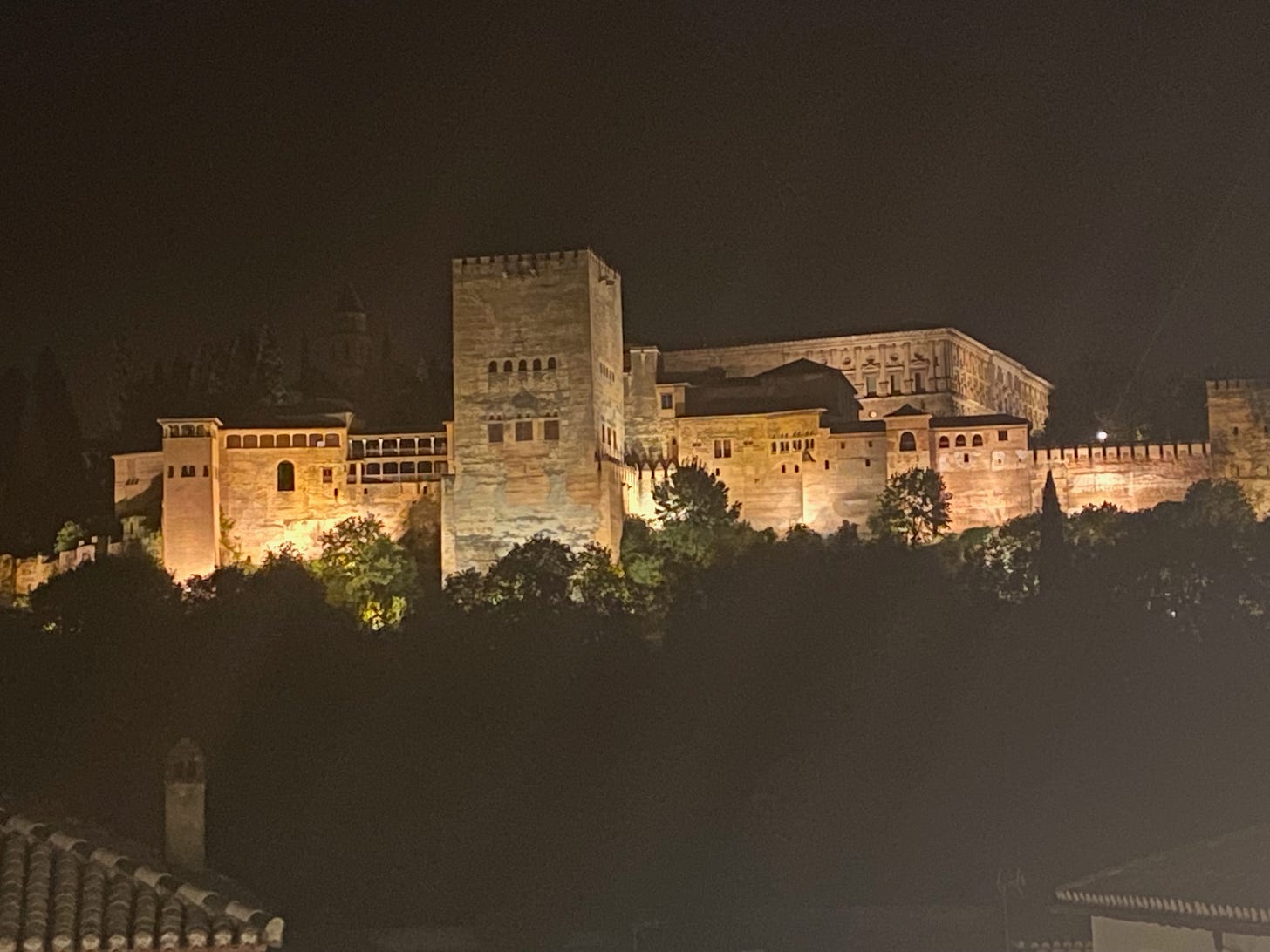I have ranged widely in the world for the last 20 years. A time when the so-called culture wars and their sterile obsessions with identity and purity have ballooned in prominence. People are increasingly contracting their sense of self, abridging their histories, restricting their imaginations.
In India you are a traitor if you admire a Pakistani cricket player. In Indonesia, women are under pressure to wear headscarves to signal their piety. In Japan, there are many who’d rather have robots looking after their elderly than allow immigration. In Europe, Eurabia mongers warn of an Islamic conspiracy to destroy Christian civilization. In the twitterverse everyone is a fascist or a libtard.
And yet, as I have wandered, I’ve wondered at the marvel of mixing and miscegenation that is evident everywhere. Syncretism is a global fact. And the beauty that blooms at the intersections always seems to bubble with especial effervescence. It speaks of an expansiveness rather than exclusion, of multiplication rather than subtraction, of possibility rather than certainty.
Two weeks ago, I visited the fabled Alhambra palace in Granada. The complex is an architectural poem, literally, given the Arabic verses that are carved on the walls of its profusion of rooms and corridors. Wandering amongst them evokes a burst of geometric ecstasy.
The Alhambra is also the embodiment of the extraordinary aesthetic and intellectual flowering that took place in Islamic Spain over a period of 700 years. Between the 8th and 15th centuries, Muslims, Christians and Jews co-existed in the Iberian Peninsula often clashing, but also cooperating.
Muslim armies from North Africa first crossed into Spain in 711. The Moors, as these North African Muslims were called, quickly overwhelmed the Christian Visigoths, who had ruled the region since the fifth century. Over time the Moors established a series of powerful polities collectively known as al-Andalus. Of these, Granada - the city where the Alhambra was constructed in the period between 1238 and 1358 - was amongst the best known.
The Christians fought hard to “reconquer” the territories of al-Andalus, and much blood was spilled in the process. Yet the centuries of Muslim rule were also marked by interfaith cultural melding. Across the great cities of Spain, from Toledo to Cordoba, Christian, Jewish and Muslim scholars worked together, their heads bent over the Greek classics that they translated into Arabic, Latin and Hebrew.
In the 12th century, for example, an Italian-origin scholar and translator, Gerard of Cremona, worked with a Muslim colleague, Ghalib the Mozarab, to translate more than 80 works of astronomy, mathematics, medicine, philosophy, and logic, into Latin. It was one of the great revivals of scholarship in Europe, referred to sometimes, as the Twelfth-Century Renaissance.
But it was in architecture that the most remarkable alloys of religious forms and cultures occurred. Christian places of worship were often constructed, in part, by Muslim craftsmen and vice versa. The grand homes and palaces of Christians deployed syncretic traditions like including Arabic calligraphy on their facades. The Moors in their turn, adopted the Visigothic “horseshoe arch,” which went on to become a defining characteristic of Islamic buildings.
In many ways the Muslims and Christians of medieval Iberia were open to appropriating certain elements of each other’s culture, even as they faced off in battles for territorial control.
The parallels with India, where Hindus and Muslims lived in a similar state of simultaneous tension and embrace over the centuries, are evident. In its minglings and marvels the Alhambra is like the Taj Mahal, or the tomb of the Mughal emperor Humayun, in New Delhi.
It put me in mind also of Indonesia, an archipelagic cauldron of the Islamic, Hindu, Buddhist and animist. A few years ago, I had watched the Ramayana, a Hindu epic, being performed by Muslims to the backdrop of Hindu-Buddhist temples in Yogyakarta, Indonesia’s cultural capital.
In fact, every country I have lived in has had a history of culture wars, but at the same time a history also, of cultural cross-fertilization. Japan’s aesthetics come from China. The “Chinese” folding fan is originally Japanese. Both nations imported Buddhism from India, adding their own magic and lore to the philosophy in the centuries-long process.
Japan’s “national” sport is arguably the very American, baseball. And the latest Yokozuna (grand master) in the very Japanese world of sumo wrestling is the Mongolian, Terunofuji.
My husband and I once met a Jewish itinerant on the streets of Istanbul in Turkey. He might have been a tad inebriated when he embraced Julio upon learning his nationality. “I am Spanish too,” he told Julio in broken, archaic Spanish (a Judeo-Spanish argot called Ladino). He’d claimed his ancestors had been Spanish Jews.
I was embraced with similar tenderness a few months later in a smoky tavern in Madrid, when the Gypsy flamenco singer we’d been listening too, learned that I was Indian. “I am from India too,” he’d said, tapping his chest with an open palm.
Culture isn’t static. It is like shot silk, changing colours in different light. It can slip through cracks, heedless of walls and borders.
The high priests of cultural warfare - the inquisition/ the ayatollahs/the prophets, have always been tempted by neatness. But as humans we are unruly. We strain to escape our straightjackets, to bend and entwine.
Great science, literature, food (imagine a world where tomatoes had remained in South America, unknown elsewhere) - indeed great love - exists on the intersections of, and in the crossings of, policed boundaries.
Back in Granada, having spent hours wandering the courtyards and gardens of the Alhambra, I retired later in the afternoon to a hipster café. It was populated with baristas sporting man buns, carefully etching cappuccino art into the foam of their offerings. Next door, a row of Moroccan-owned shops sold goods imported from India to tourists from around the world, as souvenirs of their Arabian Nights- fantasy trip to southern Spain. In my head I heard Louis Armstrong croon, “And I think to myself, what a wonderful world.”
**************
Thanks so much for reading this. I’d really appreciate it if you’d share The Global Jigsaw with friends and encourage them to follow it. Also, please do consider subscribing. It is what allows me to keep this newsletter going.
And do leave your comments in the section below. I love hearing your feedback and thoughts.







Enjoyed this piece enormously, Pallavi! Every bit of it. Hadn't realised the horse shoe arch is a Christian architectural flourish melded into Islamic creations.